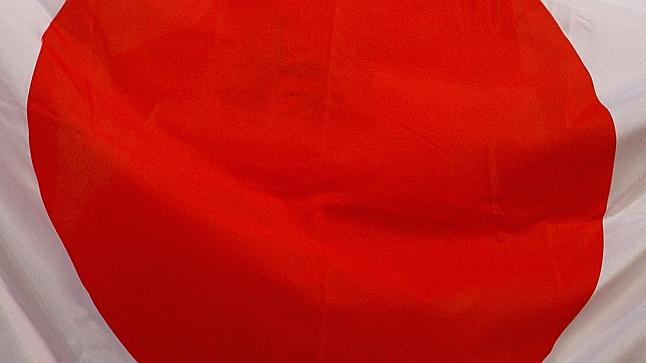Japan’s Tattered Political Opposition to the LDP a Blow to Democracy

Please note that we are not authorised to provide any investment advice. The content on this page is for information purposes only.
Prime Minister Abe’s decision to call a snap election paid off big time for him and for the Liberal Democratic Party (LDP). The LDP and its coalition partner the Komeito emerged from the election with its two-thirds majority in the lower house intact. In addition, Prime Minister Abe came out of it certain of reelection as LDP president next September and having every reason to believe that he will remain at the helm of the Japanese government until 2018.
Prime Minister Abe’s decision to call a snap election paid off big time for him and for the Liberal Democratic Party (LDP). The LDP and its coalition partner the Komeito emerged from the election with its two-thirds majority in the lower house intact. In addition, Prime Minister Abe came out of it certain of reelection as LDP president next September and having every reason to believe that he will remain at the helm of the Japanese government until 2018.
The election left the opposition in tatters. The DPJ won 73 seats, a result only marginally less disastrous than its loss in the previous 2012 election when it won 57 seats and turned over the reins of power to the LDP. The other opposition parties did even worse, with the notable exception of the Communists, who nearly tripled their representation from eight to 21 seats. There is no reason to believe that the political opposition will produce a credible alternative to the LDP anytime soon and every reason to expect that Japan will have one-party dominance for as far as the eye can see.
What does the election mean for policy? On the economy, it probably does not mean very much. The prime minister will continue to push his reform agenda but probably not announce new and bold initiatives. If there is a bold move on economic policy, it probably will have more to do with American than Japanese politics. Now that the Republicans have secured a majority in the US Senate, the chance that President Obama will get Trade Promotion Authority (TPA, or ‘fast track’) for the Trans-Pacific Partnership (TPP) negotiations has improved. Obama himself seems more energised recently to push for a TPP agreement, concerned that if he fails to do so that the centre of gravity for East Asia regional trade arrangements will shift to Beijing. If the US moves toward approving TPA and shows some flexibility in the negotiations, a TPP agreement between the US and Japan is possible once Abe has the April local elections behind him.
It is likely that Prime Minister Abe now will launch a public campaign to rally support for constitutional revision, the issue that is key to his goal of ‘freeing Japan from its postwar regime.’ A debate over constitutional revision in and of itself should not be controversial, but what complicates the matter for Japan is that it links to Abe’s revisionist views and makes people both in Japan and abroad nervous about what his intentions are.
Some observers see the political situation today as a return to the so-called ‘55 system’, an era of LDP one-party dominance that lasted 38 years, from 1955 until 1993. There was only one governing party then and an opposition too weak to challenge it, just as there is today. But the 55 system was much more than that.
There was structured competition in the LDP. Mainstream and anti-mainstream factions competed for power. Candidates ran against each other, appealed to, and served the interests of different constituencies in the medium-size election district system. The balance of power between the prime minister’s headquarters, the Kantei, and the LDP if anything, favoured the party. The LDP had a system for training political leaders, giving them experience both in important party and government posts and in managing a faction as they rose up the ladder of political power. The opposition Socialists and other opposition parties could not win a majority but many of their policies got majority support from the public, especially on issues relating to military policy and social welfare.
What appears to be occurring now is not a revival of the 55 system but the emergence of a new ‘2014 system’. In this system (14 nen taisei) the Kantei and prime minister are much more powerful than the party. Factions are weak or non-existent and individual Diet members are hesitant to criticise the prime minister. The LDP system for grooming Diet members for senior positions no longer exists. It is indicative of what has changed that Abe’s only previous experience in government was as chief cabinet secretary. He never served as head of a line ministry.
The opposition parties in the 55 system knew what they stood for and attracted strong public support for some of their key positions. To stay in power the LDP often made those policies its own. The ability of the opposition to act as a check on the ruling party was far stronger then than it is now when the opposition is not sure what it opposes or what alternative policies it supports.
It is not certain of course that a ‘14 system’ will coalesce but chances are better than not that it will. If it does that would be good news for Prime Minister Abe and for the LDP and bad news for Japanese democracy. It is a sad commentary on Japan’s politics that after nearly 70 years of democracy a competitive party system has all but disintegrated.
Is it back to the future for Japanese politics? is republished with permission from East Asia Forum




